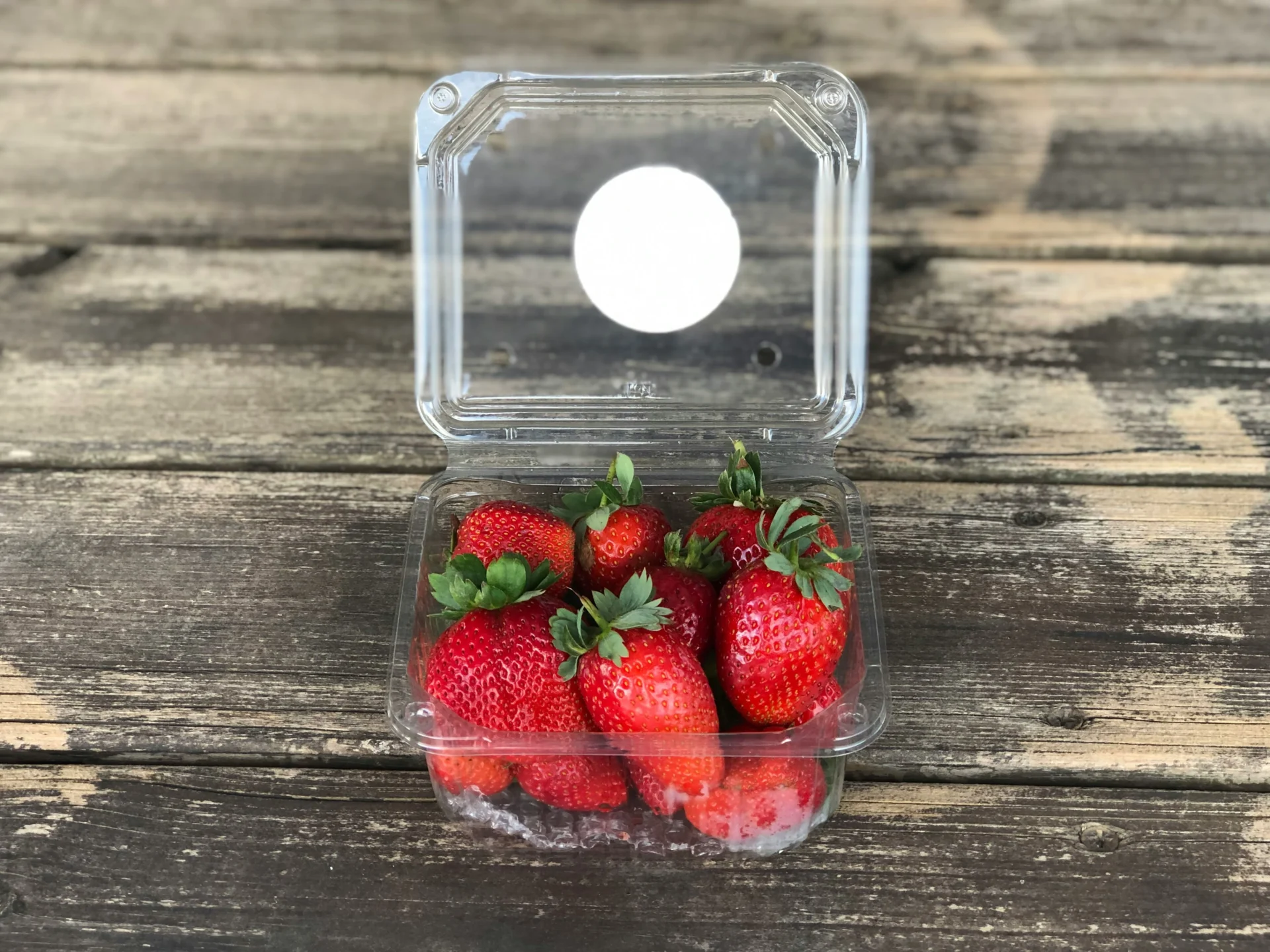Introduction
Why Seal Performance Matters in Packaging
In the world of packaging, the reliability and performance of seals play a critical role. Whether it’s ensuring a sterile barrier in medical supplies or preserving freshness in food products, a well-formed seal can be the difference between product success and failure. This article explores two fundamental yet often misunderstood concepts in the packaging industry: seal integrity and seal strength.
Seal Integrity vs. Seal Strength: A Quick Overview
While they may sound similar, seal integrity and seal strength are distinct parameters. Seal integrity refers to the air-tightness and barrier performance of a seal, whereas seal strength measures the mechanical force a seal can withstand before breaking. Understanding this difference is key for selecting packaging solutions, ensuring product safety, and maintaining compliance.
What Is Seal Integrity?
Seal integrity is the ability of a package seal to maintain its barrier properties and prevent contaminants from entering. This is crucial in pharmaceuticals, food, and medical devices, where contamination can be hazardous.
Several factors influence seal integrity. Material compatibility is essential, as not all materials bond effectively. The presence of foreign particles or wrinkles in the sealing area can also lead to leaks. Furthermore, the precision of sealing equipment, particularly in terms of temperature and pressure settings, plays a significant role in achieving consistent results.
Testing methods such as dye penetration, bubble emission, and vacuum or pressure decay are commonly used to identify leaks. These methods range from simple visual assessments to more sophisticated, non-destructive evaluations.
Seal integrity is particularly important in medical and pharmaceutical packaging where maintaining sterility is paramount. It’s also crucial in food and beverage packaging to prevent spoilage and in complying with standards like ISO 11607 and ASTM F2096.
What Is Seal Strength?
Seal strength measures how much force is required to pull a seal apart. It determines whether packaging can survive transport and handling. A robust seal prevents ruptures during the logistical process and ensures the product reaches consumers intact.
This strength is influenced by sealing temperature and dwell time, the composition of the sealant material, and the uniformity in material thickness and applied pressure. If any of these elements are inconsistent, the seal may be compromised.
Tests such as peel strength (ASTM F88/F88M), burst strength, and tensile testing are employed to evaluate how much stress a seal can withstand. Each test offers insights into different aspects of a seal’s durability.
Industries such as heavy-duty manufacturing rely on strong seals to secure large or weighty items. In consumer packaging, strength must be balanced with usability to avoid frustrating the end-user.
Key Differences Between Seal Integrity and Seal Strength
Seal integrity and seal strength serve different but equally vital roles. Integrity is about maintaining a barrier to protect the product from external contamination, while strength is about withstanding physical stress during handling and transport.
A seal that lacks integrity may allow leaks, even if it is physically strong. Conversely, a seal with excellent integrity might rupture if not mechanically robust. Each quality is tested with distinct methods that reflect their intended function.
When to Prioritise One Over the Other
The importance of seal integrity or strength varies with application. Medical products, for example, prioritise integrity due to the need for sterility. In contrast, industrial goods demand strength to endure rough handling.
For products sensitive to air or moisture, such as certain foods or pharmaceuticals, seal integrity directly impacts shelf life. On the other hand, heavier items or those subject to frequent handling require high seal strength to avoid rupture.
Regulatory standards often dictate which aspect should be prioritised, ensuring product safety and compliance.
How They Work Together
Ideally, a good seal performs well in both integrity and strength. In real-world applications, packaging often has to balance these two traits. A multilayer pouch, for instance, might feature an outer layer that maintains integrity and an inner layer that offers the necessary strength.
Consider a food pouch that passes leak tests but bursts in transit due to weak seals. This example illustrates why focusing on only one aspect may be insufficient. Packaging should be engineered to meet both requirements for optimal performance.
Best Practices for Seal Performance
Achieving reliable seal performance involves multiple best practices. Regular equipment calibration ensures consistent heat and pressure. Choosing the right materials, tested for both integrity and strength, is fundamental to effective sealing.
Quality control protocols should be in place to detect issues early. This includes scheduled testing and random batch sampling. Moreover, training employees to understand and execute sealing procedures accurately minimises human error.
Innovations in Seal Testing
The field of seal testing continues to evolve. Non-destructive techniques are becoming more sophisticated, allowing manufacturers to verify seal quality without damaging the product.
Smart packaging solutions now include AI and sensors that monitor sealing parameters in real time, helping manufacturers catch defects as they occur. Meanwhile, sustainable packaging innovations challenge developers to maintain high sealing performance with eco-friendly materials.
Recap
Seal integrity and seal strength serve distinct but complementary roles. Understanding and balancing both is essential for safe, effective packaging. Companies that proactively assess and optimise seal performance are better positioned to meet industry demands and protect their products.




